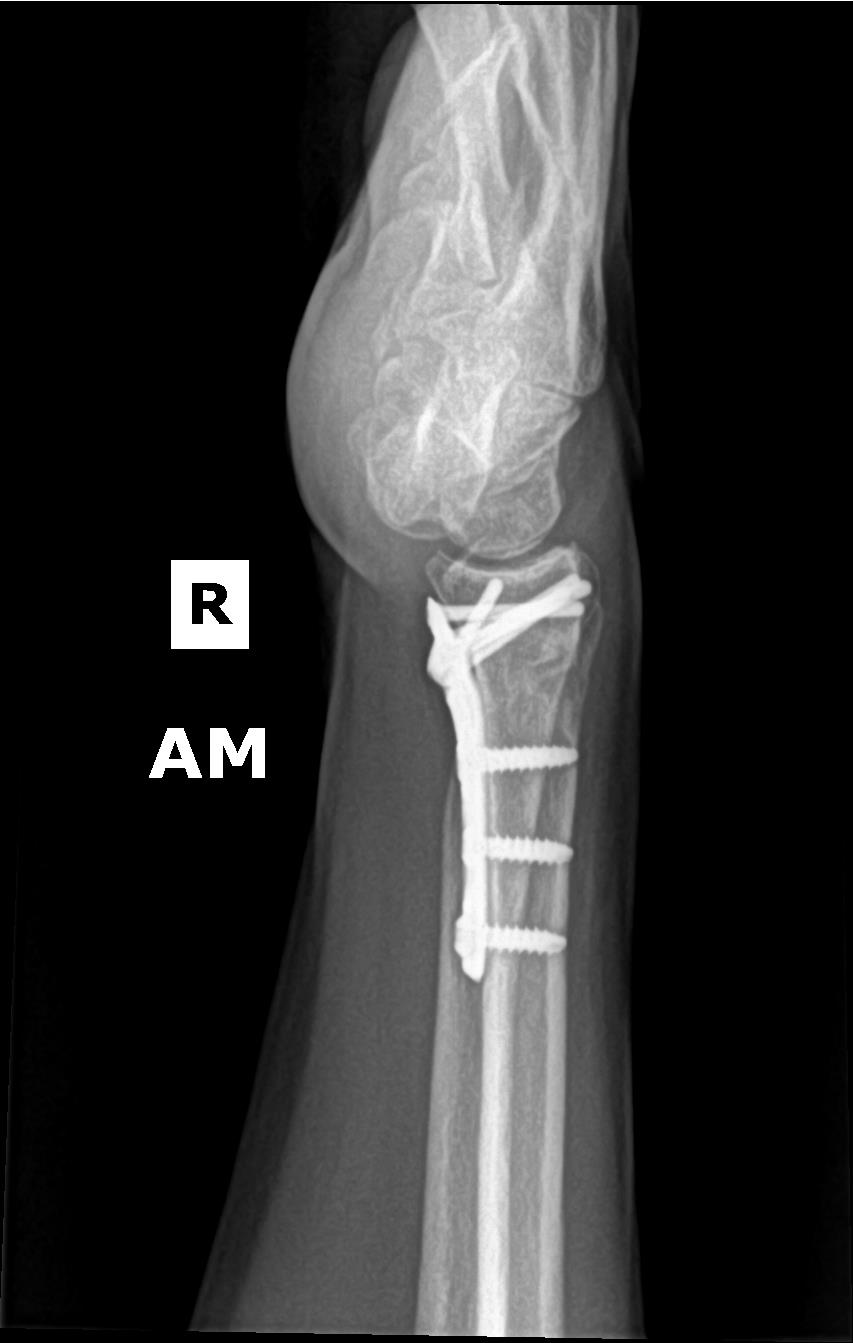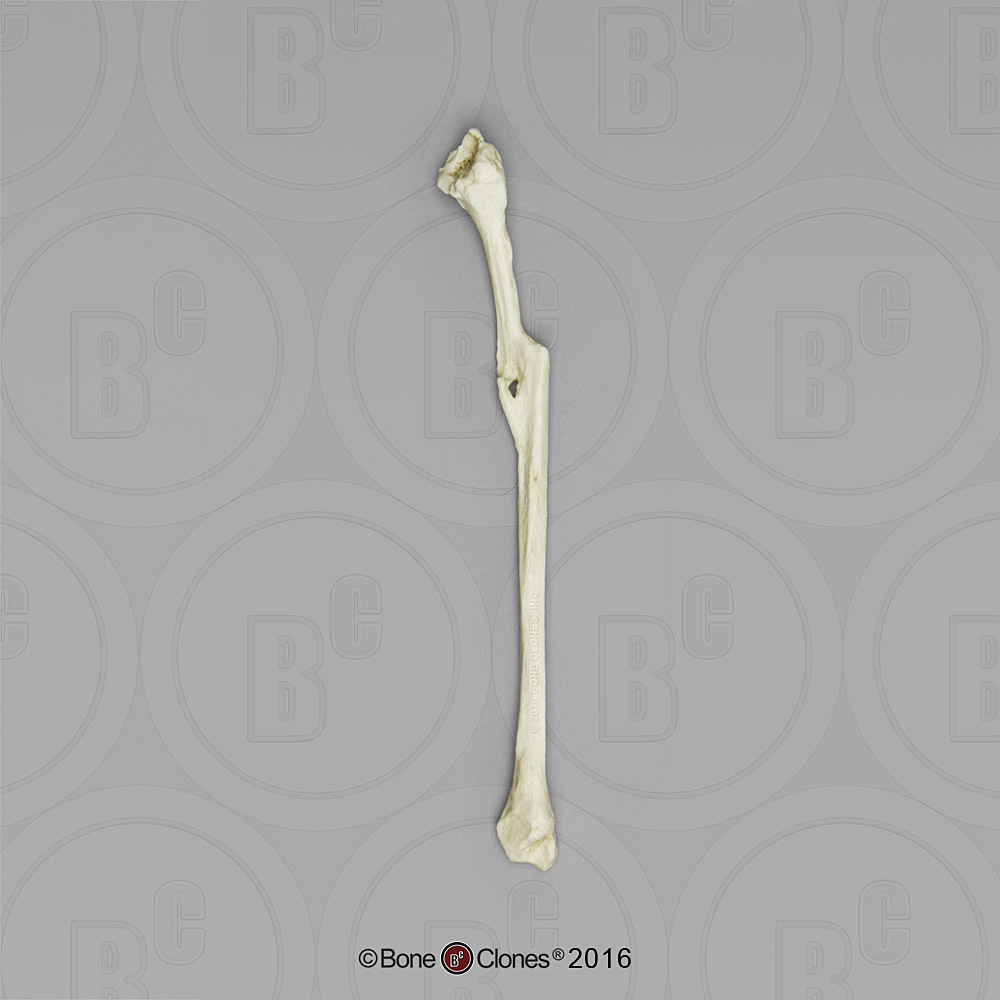
However, more severe injuries with ligamentous injury and ankle instability may require operative reduction and internal fixation.Closed Fracture of Ankle can be treated both conservatively as well as surgically depending upon the degree of the fracture and the extent of the injury. The majority of injuries are relatively simple avulsion injuries from the fibular pole and only require immobilization with a cast. Treatment depends on the type of distal fibula fracture which is a reflection of the severity of the fracture and the surrounding ligamentous structures. This is called talar shift and the ankle joint is unstable. If they are not and the talar dome is not parallel to the tibial plafond, the syndesmosis has been torn. The joint spaces around the talus should be the same all the way around. whether there is another fracture (medial malleolus, talus).whether there is displacement (translocation, angulation, rotation).what type of fracture (transverse, oblique, spiral, comminuted).where the fracture is in the bone (relative to syndesmosis).Once you have seen the fracture, remember to describe: Remember that avulsion injuries may be small, and just involve the tip, or the internal surface of the malleolus. If there is a lot of soft tissue swelling over the lateral malleolus, but no fracture, then there has been a ligamentous injury.

The AP and lateral views from an ankle x-ray will almost always allow detection of a lateral malleolar fracture. It is worth noting that fractures may be invisible on one projection. In most cases an ankle x-ray is all that is required for diagnosis and follow up. This results in widening of the distal tibiofibular joint and loss of integrity of the socket. In Weber B and C fractures the syndesmosis may have been torn (partially or completely). Weber C: above the syndesmosis (unstable).Weber B: at the syndesmosis (possibly unstable).Weber A: below the syndesmosis (stable).The commonest classification is the Weber classification that uses the position of the fracture relative to the syndesmosis to group fractures: ClassificationĬlassification of distal fibula fractures attempts to split fractures into groups by severity. The syndesmosis is a strong ligament that pulls the tibia and fibula together just above the distal tibiofibular joint. This socket is only functional because the tibia (medial and posterior malleolus) and fibula (lateral malleolus) are held together tightly by the syndesmosis. The ankle is a pseudo-ball-and-socket joint the talus is the ball and the distal tibia and fibula act as the socket. They tend to cause fractures that are higher up the fibula and the rotational component of the injury may cause syndesmosis tears. In some cases, inversion coupled with rotation leads to a more complex injury. Avulsion injuries do not involve the syndesmosis and the ankle remains stable. This results in either a pure ligamentous injury (complete or partial tear) or avulsion of the tip of the fibula (the lateral malleolus). A pure inversion injury will result in tension being applied to the supporting soft tissues of the lateral ankle, particularly the lateral collateral ligament. Most ankle injuries occur because of an inversion injury.

Pathology EtiologyĪnkle fractures may be the result of a vast array of injuries that range from an inversion injury to a complex high energy trauma sporting injury.
CLOSED FRACTURE OF DISTAL END OF RIGHT FIBULA SERIES

Young patients present following injuries in relatively high-energy trauma (e.g. Ankle injuries, like many fractures have a bimodal distribution.


 0 kommentar(er)
0 kommentar(er)
